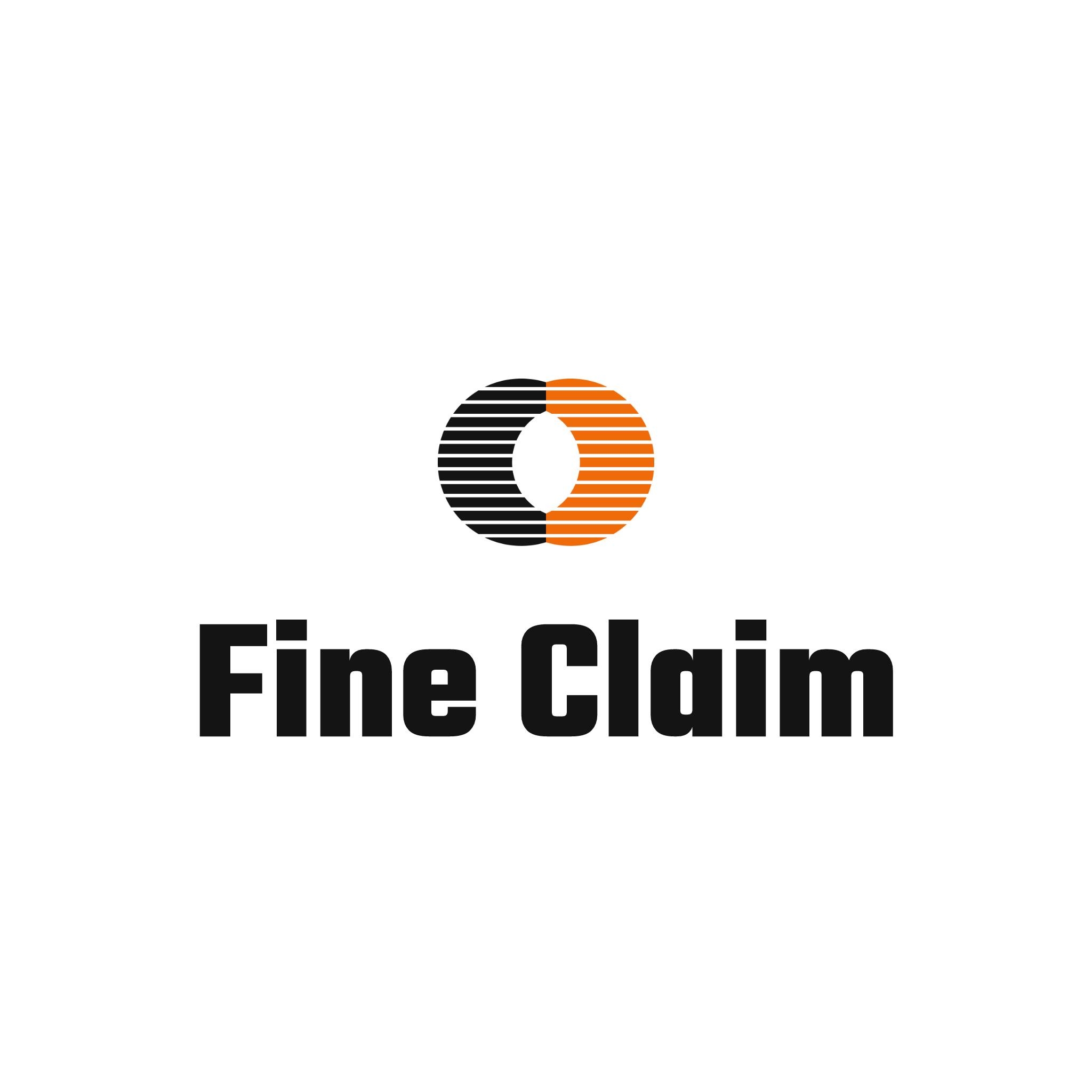Affordable TMD/TMJ Relief: How Sundance Dental in Grants Provides Effective Treatment for Jaw Pain

Strong 8k brings an ultra-HD IPTV experience to your living room and your pocket.
Summary
Tired of suffering from consistent pain and discomfort in your jaw and neck?
Chances are that you’re suffering from Temporomandibular Joint or TMJ disorder, and these disorders affect 10% to 15% of adults.
We know it significantly affects the quality of your life, so here we are with affordable treatment options. In this article, we will explore both non-invasive and invasive procedures that can help alleviate your jaw pain and discomfort.
From exercises, self-care techniques, to invasive surgeries, finding an affordable treatment option is a lifesaver.
Understanding Temporal Muscle Joint Disorders
Before we jump into treatment options, you need to have the basic knowledge about the TMJ disorder and the underlying causes behind your pain and discomfort.
The temporomandibular joint connects the jawbone to the skull, allowing the necessary movements for speaking, chewing, and yawning. Often, the cause of the pain and discomfort lies in the neck.
Did you ever feel a sharp headache that radiates downwards towards the neck?
Well, this can happen if the top bone in your neck, the atlas, is misaligned.
The slightest misalignment in the atlas can throw off the position of the jaw.
Other factors contributing to the disease include: bruxism, arthritis, jaw injuries or trauma, and structural jaw issues owing to misalignment of the teeth or jaw. All of these affect the normal joint function.
Diagnosis
To diagnose TMJ disorder, the dentist in Grants will listen to and examine your jaw movements. To confirm his diagnosis, he will conduct certain tests like
Dental X-ray: The dental X-ray will allow him to look at your teeth and jaw.
CT scan: It shows a detailed image of the bones involved in the joints.
MRI: This will show the issues with the joint’s disc and the surrounding soft tissue.
Affordable Treatment Options
Non-Invasive Procedures
Most TMJ disorders respond well to non-surgical treatments, and many of them are affordable and hassle-free.
Jaw Exercises
A study in the Journal of Oral Rehabilitation has suggested that jaw exercises have helped patients reduce the pain by at least 50% over three months.
Stretching Exercises: Open and close your mouth slowly and move the jaw to strengthen muscles.
Massage Therapy: Massaging your jaw and temples can relieve tension and reduce pain.
Hot and Cold Therapy: Applying a warm compress will reduce the pain and relax your muscles around the joint. An ice pack, on the other han,d will reduce inflammation.
Diet Modifications
A soft diet alleviates TMJ symptoms. Avoiding hard, chewy or sticky foods and introducing soft foods will reduce your pain and discomfort. Some of our recommendations include:
Yoghurt
Smoothies
Mashed Vegetables
Fruit Juices
Medications
The non-invasive procedure involves using medicines like pain relievers and anti-inflammatories that relieve the pain for a limited time. Such as prescription-strength ibuprofen.
Besides, muscle relaxants are also used for a few days or weeks to ease the pain caused by TMJ disorders.
Acupuncture and Chiropractic Care
There are acupuncture and chiropractic therapies that help in fixing the misalignment of the joint bones. These therapy sessions have variable prices in the affordable range, depending on location and provider.
Orthodontic Mouthguards
Patients with jaw pain often benefit from wearing oral appliances like oral splints or mouth guards over their teeth. These are custom-made by their TMJ Dentist in grants to prevent teeth grinding (bruxism) and promote jaw alignment.
Braces
Braces can be of two types: traditional braces and clear aligners. Traditional braces use metal brackets and wires, which will move your teeth into proper alignment.
Clear aligners, on the other hand, are aesthetically pleasing, transparent custom-made trays that will reposition your teeth over time.
It is ideal if you are someone with moderate to severe bite misalignment contributing to TMJ pain.
Functional Appliances
These help guide the jaw growth and improve the jaw position in younger patients with developing TMJ issues. Appliances like palatal expanders and twin block appliances adjust the position of the upper and lower jaw, respectively.
Invasive Procedures
If none of the above methods help, your dentist might suggest certain invasive procedures such as:
TMJ arthroscopy
It is a minimally invasive surgical procedure used to treat TMJ disorders. A small thin tube known as a cannula is inserted into the joint space, followed by an arthroscope fiber-optic camera.
Arthrocentesis
This minimally invasive procedure treats joint conditions by withdrawing fluid from the joint space using a needle.
Open-joint surgery
If you face consistent jaw pain that does not go away with conservative treatments, and any structural issue in the joint appears, which causes the pain, your dentist may suggest an open-joint surgery to repair or replace the joint.
Modified condylotomy
This procedure is performed on the mandible to treat TMJ disorders, especially those involving chronic pain, joint locking, etc.
Although the procedure does not involve opening the joint, it involves making a surgical cut in the mandibular condyle. This alteration changes the position of the condyle within the joint space and hence reduces pressure, improves joint function, and alleviates symptoms.
Financial Aid Options to Choose From During TMJ Treatment
Navigating insurance coverage for TMJ treatments can be challenging, and you can often get misled if you are unaware. When undergoing TMJ treatment, the costs can add up, especially if advanced procedures like arthroscopy or surgery are required.
These are some financial aid options that will help you manage expenses during the treatment:
Medical Insurance
Some plans cover TMJ treatments, mainly when the disorder stems from other medical conditions like arthritis.
Medicaid is more likely to cover medically necessary treatments, while Medicare will provide financial assistance if TMJ dysfunction causes other health complexities.
HSA (Health Savings Accounts) and FSA (Flexible Spending Accounts)
These accounts will allow you to use pre-tax dollars for eligible medical expenses. This includes the TMJ-related treatments such as physical therapy, night guards, and dental procedures.
Payment Plans and Dental Financing
Many dental offices provide financing options through third-party companies. This will allow you to spread the cost of treatment over several months with little or no interest.
Charitable Organizations
Several groups, like Sundance Dental, provide free or low-cost care for eligible individuals.
Takeaway
TMJ disorders can be painful and debilitating, but timely and proper treatment will help cure them.
TMJ disorder treatment does not need to be expensive. Affordable treatment options include home remedies, low-cost medical interventions, and affordable dental solutions.
In case of expensive surgical procedures, you can explore community resources and insurance options.
Ready to make a move? Connect with our experts at the Sundance Dental Group today!
Note: IndiBlogHub features both user-submitted and editorial content. We do not verify third-party contributions. Read our Disclaimer and Privacy Policyfor details.







